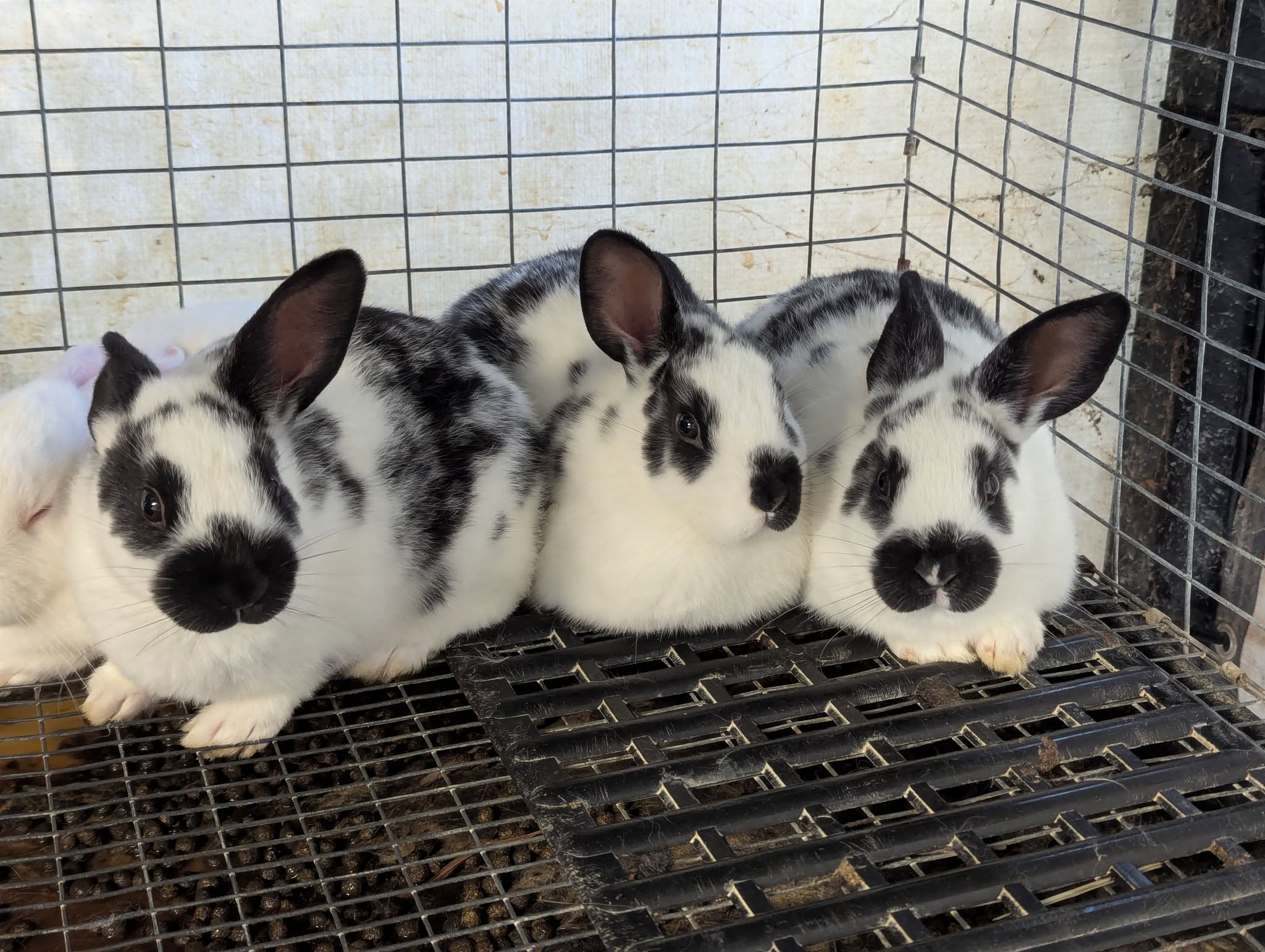Your cart is currently empty!

Rabbit Hemorrhagic Disease Virus Type 2 (RHDV2): A Comprehensive Guide
Rabbit Hemorrhagic Disease Virus Type 2 (RHDV2) is a highly contagious and often fatal viral disease that affects both domestic and wild rabbits, as well as hares. Since its emergence, RHDV2 has posed significant challenges to rabbit populations worldwide, with devastating impacts on ecosystems, pet owners, and rabbit breeders. This article provides an in-depth exploration of RHDV2, including its origins, transmission, symptoms, treatment, and prevention.
Part I: What is RHDV2?
RHDV2 is a strain of Rabbit Hemorrhagic Disease Virus (RHDV), a member of the Lagovirus genus within the Caliciviridae family. This virus causes Rabbit Hemorrhagic Disease (RHD), a severe and often fatal condition characterized by rapid onset and high mortality rates. Unlike the classical RHDV strain (RHDV1), RHDV2 is notable for its ability to infect a broader range of rabbit species, including young rabbits and hares.
Part II: Origins and Spread of RHDV2
RHDV2 was first identified in France in 2010. It quickly spread across Europe, Asia, and other continents, including North America. The first detection of RHDV2 in the United States occurred in 2018 in a pet rabbit in Ohio. By 2020, the virus had been detected in wild rabbit populations in multiple U.S. states.
The rapid spread of RHDV2 is attributed to its highly contagious nature and its ability to survive in the environment for extended periods. The virus can be transmitted through direct contact with infected rabbits, as well as indirectly via contaminated materials, such as food, water, bedding, and equipment.
Part III: Transmission of RHDV2
RHDV2 is highly contagious and can spread through various routes:
- Direct Contact:
- Infected rabbits shed the virus in their saliva, urine, feces, and respiratory secretions. Healthy rabbits can contract the virus through direct contact with these bodily fluids.
- Indirect Contact:
- The virus can survive on contaminated surfaces, such as cages, feeding equipment, and clothing. It can also be transmitted via insects, such as flies, that come into contact with infected rabbits.
- Environmental Persistence:
- RHDV2 is remarkably resilient and can remain infectious in the environment for weeks or even months. This makes it challenging to control outbreaks.
Part IV: Symptoms of RHDV2
The symptoms of RHDV2 can vary depending on the severity of the infection. In many cases, the disease progresses rapidly, leaving little time for intervention. Common symptoms include:
- Sudden Death:
- Infected rabbits may die suddenly without showing any prior signs of illness.
- Nosebleeds:
- Blood-stained noses, caused by internal bleeding, are a hallmark symptom of RHDV2.
- Lethargy:
- Affected rabbits may appear weak, unresponsive, or unwilling to move.
- Loss of Appetite:
- Infected rabbits often stop eating and drinking.
- Fever:
- Elevated body temperature is a common sign of infection.
- Respiratory Distress:
- Difficulty breathing or labored respiration may occur.
- Neurological Symptoms:
- In some cases, rabbits may exhibit loss of coordination, convulsions, or other neurological signs.
Part V: Diagnosis of RHDV2
Diagnosing RHDV2 requires laboratory testing, as the symptoms can resemble those of other diseases. Diagnostic methods include:
- Post-Mortem Examination:
- Necropsy findings, such as liver necrosis and internal bleeding, can indicate RHDV2.
- PCR Testing:
- Polymerase Chain Reaction (PCR) tests can detect the presence of RHDV2 genetic material in tissue samples.
- Serological Testing:
- Blood tests can identify antibodies against RHDV2, indicating exposure to the virus.
Part VI: Treatment of RHDV2
There is currently no cure for RHDV2. Treatment focuses on supportive care to alleviate symptoms and improve the rabbit’s chances of survival. Supportive measures include:
- Hydration:
- Providing fluids to prevent dehydration.
- Nutritional Support:
- Ensuring the rabbit receives adequate nutrition, either through syringe feeding or appetite stimulants.
- Pain Management:
- Administering pain relief medications to improve comfort.
- Isolation:
- Infected rabbits should be isolated to prevent the spread of the virus.
Part VII: Prevention of RHDV2
Preventing RHDV2 requires strict biosecurity measures and vaccination. Key preventive strategies include:
- Vaccination:
- Vaccines against RHDV2 are available in many regions. Vaccination is the most effective way to protect rabbits from the virus.
- Biosecurity:
- Maintain strict hygiene in rabbit enclosures, including regular cleaning and disinfection.
- Avoid introducing new rabbits into the population without a quarantine period.
- Avoiding Contact with Wild Rabbits:
- Do not allow domestic rabbits to interact with wild rabbits, as they may carry the virus.
- Minimizing Human Transmission:
- Wash hands thoroughly before and after handling rabbits.
- Change clothing and footwear if moving between different rabbit populations.
Part VIII: Impact of RHDV2
The emergence of RHDV2 has had profound effects on rabbit populations and the communities that depend on them:
- Wild Rabbit Populations:
- RHDV2 has caused significant declines in wild rabbit populations, disrupting ecosystems and food chains.
- Pet Owners and Breeders:
- The virus has devastated pet rabbit populations and caused financial losses for breeders.
- Conservation Efforts:
- Conservation programs for endangered rabbit species have faced setbacks due to RHDV2 outbreaks.
Part IX: Conclusion
Rabbit Hemorrhagic Disease Virus Type 2 (RHDV2) is a formidable threat to rabbit populations worldwide. Its high mortality rate, rapid spread, and environmental persistence make it a challenging disease to control. However, with vigilant biosecurity measures, vaccination, and public awareness, the impact of RHDV2 can be mitigated. By working together, rabbit owners, breeders, and conservationists can protect these beloved animals from the devastating effects of this disease.
For more detailed information, you can explore resources like APHIS and Wikipedia.
This post has already been read 367 times!

Leave a Reply